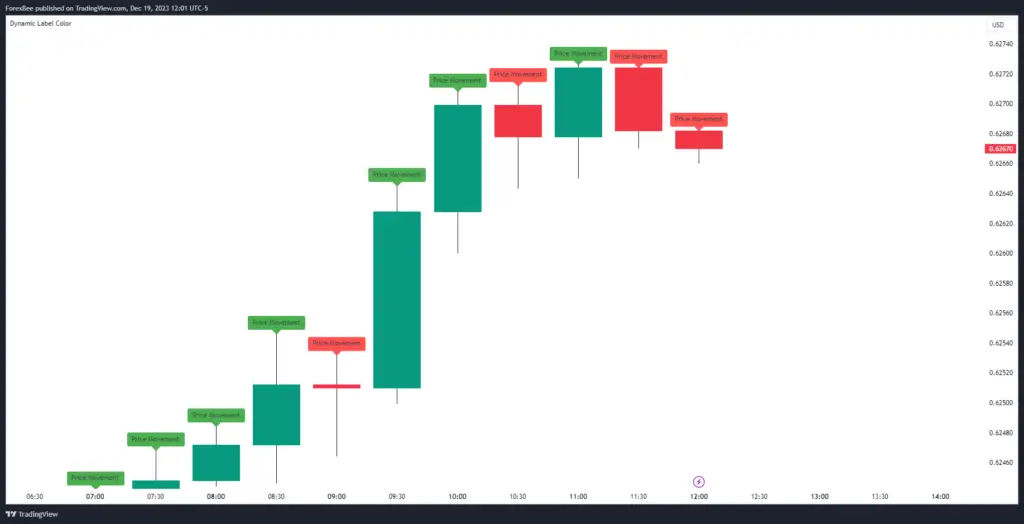Introduction to the Ternary Operator
In Pine Script, the ?: ternary operator is a concise way to write conditional expressions. It’s particularly useful for simplifying code that would otherwise require multiple if-else statements. The ternary operator takes the form:
condition ? valueWhenConditionIsTrue : valueWhenConditionIsFalse
It evaluates a condition and returns one of two values based on whether the condition is true or false (or na).
Understanding the Ternary Operator
- Syntax:
condition ? trueValue : falseValue. - Functionality: The operator returns
trueValueif the condition istrue, andfalseValueif the condition isfalseorna. - Efficiency: It’s a more concise alternative to
if-elsestatements.
Nested Ternary Expressions
Ternary operators can be nested to create complex conditional logic, similar to a switch-case structure:
timeframe.isintraday ? color.red : timeframe.isdaily ? color.green : timeframe.ismonthly ? color.blue : na
This expression evaluates from left to right, returning a color based on the current timeframe.
Use Case Example: Dynamic Label Color
Example Code
//@version=5
indicator("Dynamic Label Color", overlay=true)
labelColor = close > open ? color.green : close < open ? color.red : color.gray
label.new(bar_index, high, text="Price Movement", color=labelColor)

Explanation of Each Line
- Script Initialization:
//@version=5sets the Pine Script version. - Indicator Declaration:
indicator("Dynamic Label Color", overlay=true)declares a new indicator that overlays on the price chart. - Determining Label Color:
labelColor = close > open ? color.green : close < open ? color.red : color.gray: This ternary expression sets the label color:- Green if the closing price is higher than the opening price.
- Red if the closing price is lower than the opening price.
- Gray if neither condition is met (i.e., the closing price equals the opening price).
- Creating the Label:
label.new(bar_index, high, text="Price Movement", color=labelColor): Places a new label on the chart at the highest price of the current bar with the text “Price Movement” and the determined color.
Key Takeaways
- The
?:ternary operator in Pine Script provides a concise way to write conditional expressions. - It’s particularly useful for simplifying code and making it more readable.
- Nested ternary expressions can replicate the functionality of switch-case structures without exceeding the local block limit.
Conclusion
The ?: ternary operator in Pine Script is a powerful tool for creating clean, concise, and conditional logic in your scripts. It enhances readability and efficiency, especially in cases where multiple conditions determine a single outcome. Mastering this operator can significantly streamline your Pine Script code, making your trading strategies and indicators more elegant and effective. Remember, the key to leveraging the ternary operator effectively is understanding how to balance its use for clarity and simplicity in your scripts.
